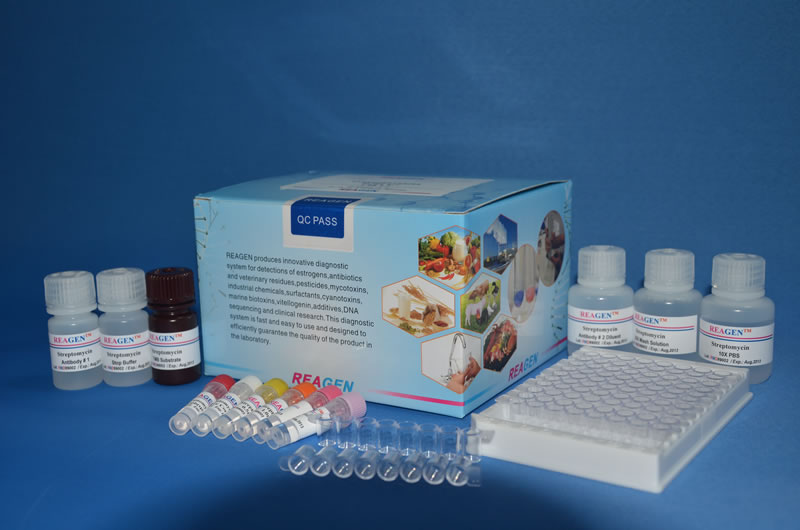Prolactin Receptor, rat recombinant
货号: 4991-1000 产品名称: Prolactin Receptor, rat recombinant 品牌: Biovision 规格: 1 mg 3周到货 生化实验
Prolactin Receptor, rat recombinant
A cytokine receptor
Product Overview
Alternate Names / Synonyms: PRL-R, Prolactin receptor, Lactogen receptor, Prlr, PRL, luteotropic hormone, LTH, PRLR, PRL-R, PRL R
Gene Symbol: Prlr
Accession #: P05710
Gene ID: 24684
Source: E. coli
Appearance: Lyophilized protein
Physical Form Description: Sterile filtered and lyophilized from a concentrated (1 mg/ml) solution with 0.0045 mM NaHCO3
Molecular Weight: 24.12 kDa
Purity by SDS-PAGE: ≥97%
Purity by HPLC: ≥97%
Endotoxin Level: <0.1 ng/μg
Biological Activity: Determined by the dose-dependent inhibition of Prolactin stimulated proliferation of Nb2 cells and by high affinity binding of ovine Prolactin and other lactogenic hormones.
Reconstitution Instructions: Reconstitute in sterile dH₂O to a concentration of 0.1 -1 mg/ml and let the lyophilized pellet dissolve completely. This solution can then be diluted into other aqueous buffers
Storage Temp.: -20°C
Shipping: Blue ice
Background Information: Prolactin is a pituitary hormone that plays a role in the stimulation of milk production, salt and water regulation, growth, development and reproduction. The primary step in its action is the binding to a specific membrane receptor (prolactin receptor) which belongs to the superfamily of class 1 cytokine receptors. Prolactin is a hormone involved in a range of significant functions including ion transport and osmoregulation, stimulation of milk, protein synthesis as well as the regulation of numerous reproductive functions. Prolactin exerts its influence on different cell types through a signal transduction pathway which begins with the binding of the hormone to a transmembrane Prolactin receptor. PRLR varies in size (short and long forms) with tissue source and species, from ~40 kDa to 100 kDa. Recombinant human Prolactin Receptor (Extra Cellular Domain) produced in E.Coli is a non-glycosylated, Polypeptide chain containing 206 amino acids and having a molecular mass of 24.12 kDa.
Handling: Centrifuge the vial prior to opening.
Usage: For Research Use Only! Not to be used in humans.
-20°C

